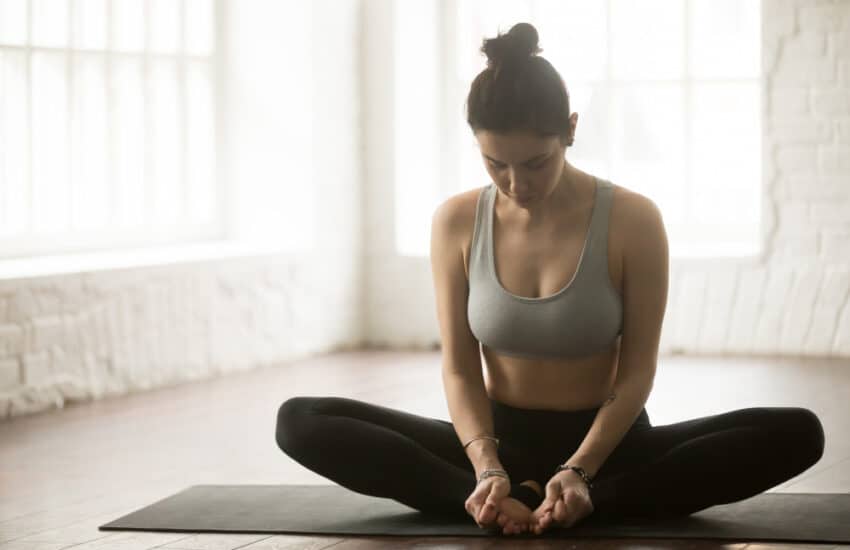Experiencing cramps, bloating, or fatigue during your menstrual cycle? While it might be tempting to skip workouts, engaging in the right exercises can alleviate discomfort and boost your mood. Here’s how to stay active and feel better during your period.
Benefits of Exercising During Your Period
Regular physical activity during menstruation offers numerous advantages:
-
Reduces Menstrual Pain: Engaging in moderate exercise releases endorphins, natural painkillers that can alleviate cramps.
-
Alleviates Other Symptoms: Walking and yoga improve blood circulation, reducing bloating and breast tenderness.
-
Enhances Mood: Exercise boosts serotonin and dopamine levels, combating mood swings and irritability.
6 Tips for Working Out During Your Period
1. Opt for Gentle Exercises
Incorporate low-impact activities such as:
-
Yoga for Period Pain: Poses like Child’s Pose and Reclining Twist can relieve cramps and promote relaxation.
-
Pilates and Tai Chi: These practices enhance flexibility and reduce stress.
2. Engage in Light Cardio
Consider:
-
Walking: A brisk walk can elevate your mood and reduce fatigue.
-
Swimming: Provides full-body engagement without putting stress on joints.
3. Adjust Intensity Based on Energy Levels
Listen to your body. On days when energy is low, focus on restorative exercises. When feeling more energetic, moderate-intensity workouts can be beneficial.
4. Stay Hydrated
Drink plenty of water to combat bloating and maintain energy levels.
5. Use Appropriate Menstrual Products
Choose products that provide comfort and protection during workouts, such as menstrual cups or moisture-wicking period underwear.
6. Prioritize Rest When Needed
If you’re feeling particularly fatigued, it’s okay to rest. Gentle stretching or meditation can also be beneficial.
Exercise, Diet & Periods: A Holistic Approach
Maintaining a balanced diet rich in whole grains, fruits, and vegetables supports overall menstruation.
Final Word
Exercising during your period isn’t just safe—it can be one of the best ways to manage menstrual symptoms naturally. From reducing cramps and fatigue to improving mood and energy levels, movement offers real benefits. Just be sure to listen to your body, stay hydrated, and choose exercises that match your energy. Whether it’s a walk around the block or a yoga session at home, staying active can make a big difference in how you feel each cycle.
Looking for more natural wellness insights? Visit our Women’s Health section for tips, guides, and supplement reviews tailored to your needs.
FAQs
Q: How should I work out when on my period?
A: Engage in low-impact exercises like walking, yoga, or swimming. Listen to your body and adjust intensity as needed.
Q: What exercises should I avoid during my period?
A: High-intensity workouts may exacerbate fatigue. Opt for gentler activities if you’re feeling low on energy.
Q: Which exercise is best for a regular period?
A: Consistent moderate exercise, such as brisk walking or yoga, can help regulate menstrual cycles.

